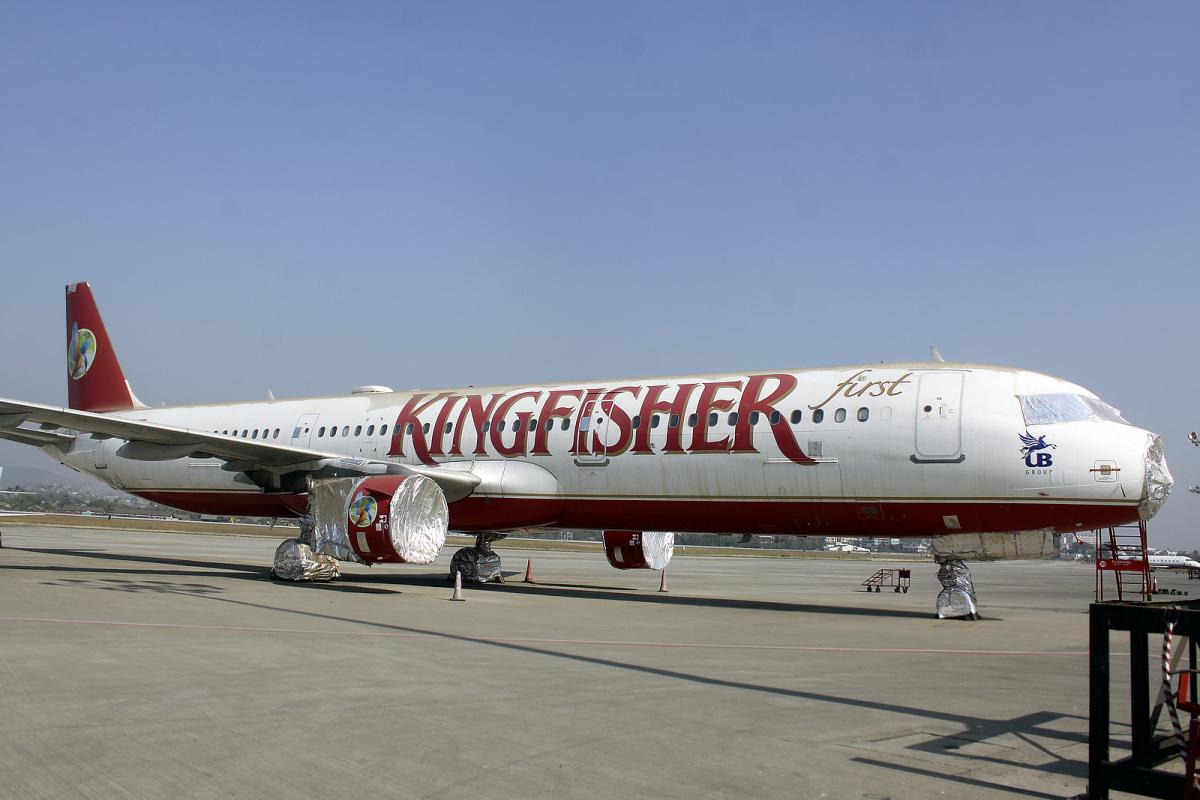
Ever wondered what happens to aircraft when they retire? These flying giants don't just disappear. Instead, they embark on a fascinating journey from the skies to their final destinations. Some find new lives in museums, while others get repurposed for unique uses. Aircraft retirement involves a mix of recycling, repurposing, and sometimes, preservation. It's a process that combines engineering, creativity, and sustainability. From being stripped for parts to becoming luxury hotels, the end of an aircraft's flying days marks the beginning of a new chapter. Let's dive into the intriguing world of aircraft retirement and uncover some surprising facts!
Key Takeaways:
- When planes retire, they can become hotels, restaurants, or even movie props! It's like giving them a second life in a whole new role.
- Retiring planes can be good for the environment when their parts are recycled, but we have to be careful with the hazardous materials they contain.
What Happens to Retired Aircraft?
Aircraft retirement is a fascinating process. Planes don't just disappear; they go through a series of steps that can be quite interesting. Let's explore what happens when an aircraft is retired.
-
Storage in Aircraft Boneyards: Many retired planes end up in aircraft boneyards. These are vast storage areas, often in deserts, where planes are kept until they are either scrapped or repurposed. The dry climate helps prevent corrosion.
-
Recycling and Scrapping: A significant number of retired aircraft are dismantled for parts and materials. Up to 85% of an aircraft can be recycled, including aluminum, wiring, and even seats.
-
Conversion to Cargo Planes: Some passenger planes get a second life as cargo aircraft. This involves removing seats and making structural changes to accommodate freight.
Why Aircraft Are Retired
Understanding why planes are retired can shed light on the lifecycle of these engineering marvels. Various factors contribute to the decision to retire an aircraft.
-
Age and Wear: Planes have a finite lifespan. Over time, metal fatigue and wear make them less safe and more expensive to maintain.
-
Technological Advancements: Newer aircraft models are more fuel-efficient and environmentally friendly. Airlines often retire older planes to upgrade their fleet with modern technology.
-
Economic Factors: Operating costs play a big role. Older planes are less fuel-efficient and more costly to maintain, making them less economically viable.
Unique Uses for Retired Aircraft
Not all retired planes end up in boneyards or as scrap. Some find unique and creative new purposes.
-
Hotels and Restaurants: Some retired aircraft are converted into unique hotels or restaurants. These offer a one-of-a-kind experience for guests and diners.
-
Training Facilities: Aviation schools and emergency response teams use retired planes for training purposes. They provide a realistic environment for practice.
-
Movie Props: Hollywood often uses retired aircraft as movie props. They add authenticity to films without the risk of damaging operational planes.
Environmental Impact of Aircraft Retirement
The retirement of aircraft also has environmental implications. How these planes are disposed of can affect the environment in various ways.
-
Recycling Reduces Waste: Recycling parts and materials from retired aircraft helps reduce waste and conserve resources. This is a more sustainable option compared to simply scrapping the planes.
-
Hazardous Materials: Aircraft contain hazardous materials like fuel, oil, and hydraulic fluids. Proper disposal is crucial to prevent environmental contamination.
Aircraft retirement is a complex and multifaceted process. From storage in boneyards to unique repurposing, each step offers a glimpse into the lifecycle of these incredible machines.
The Final Flight
Aircraft retirement is a fascinating process. Planes don't just disappear; they go through a detailed journey from active service to their final resting place. Some get dismantled for parts, others find new life in museums or as training tools. The environmental impact is also a big deal, with recycling playing a huge role in reducing waste. Understanding this process gives us a deeper appreciation for the life cycle of these incredible machines. Next time you see an old aircraft, remember it's not just scrap metal—it's a piece of history with a story to tell. Whether you're an aviation enthusiast or just curious, knowing these facts adds a new layer of interest to the world of aviation. So, next time you fly, think about the journey your plane will eventually take when its flying days are over.
Frequently Asked Questions
Was this page helpful?
Our commitment to delivering trustworthy and engaging content is at the heart of what we do. Each fact on our site is contributed by real users like you, bringing a wealth of diverse insights and information. To ensure the highest standards of accuracy and reliability, our dedicated editors meticulously review each submission. This process guarantees that the facts we share are not only fascinating but also credible. Trust in our commitment to quality and authenticity as you explore and learn with us.


